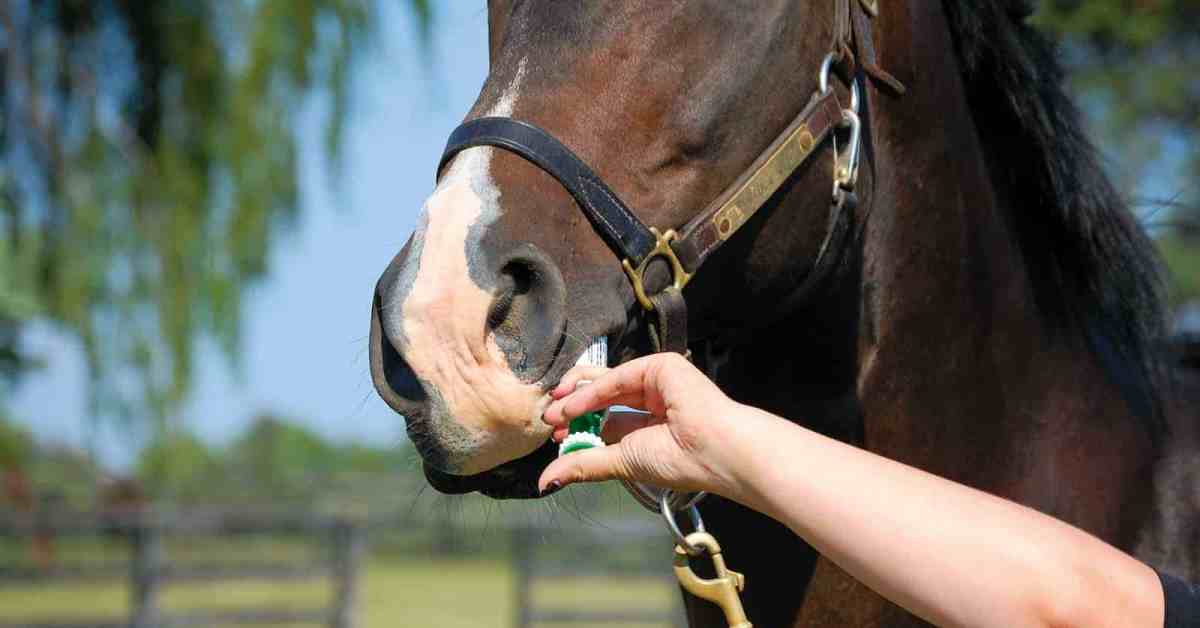
I receive a steady stream of questions from the internet every week. Most are fairly easy to answer, some are fun and some make me think a little. I received a question the other day about one of our products that includes a de-wormer (Safe-Guard®) and how much the person should use to worm their goats.
That statement caught my eye. Are we “worming” our animals or “de-worming” them? Everyone uses those words interchangeably — but when I get ready to get off a plane, I am asked to “deplane,” not to “plane”. There are some “de-” words that are fairly straightforward — for instance, you want to “debug” your computer, not “bug” it. You would want to “deactivate” a bomb, definitely not “activate” it. So why are “worming” and “de-worming” an animal so loosely interchanged? While I have absolutely no answer to this question, it did make me start to think about how spring is coming on strong — and how now is a good time to talk about using a de-wormer.
A friend of mine works for Merck, who makes Safe-Guard® (fenbendazole), and she called it a de-wormer. So, for now, we will stick to that word. I am NOT going to tell you how much de-wormer to feed to your specific animal; there are way too many strengths and types of de-wormers for there to be one answer to that question.
Let’s look at Safe-Guard de-wormer, which is included in several of our products and is a “top dress” product, too. There is a lot to think about before de-worming animals:
- Some people believe that producers get more effective worm eradication by de-worming the mom before the babies come and/or prior to grass turnout. My vet seems to agree with this but has no research data to back it up. Many others may also do this when they bring the animals in for winter with the same reasoning.
- Following de-worming prior to spring pasture turnout, leave animals in the dry lot for 48 hours so any worms expelled from the animal will be left in the dry lot and not excreted in the pasture. This will minimize pasture contamination.
- Your best bet is to have a fecal sample analyzed by a vet to see what worms you have and how heavy the egg load is. (Most tests look for the worm eggs. The more worms, the higher the “load” of eggs.) You may need to follow up in 2–3 weeks or test on a rotation, such as every two months.
- Resistance can develop when a de-wormer is used so long that it no longer works again parasites, so rotate the type of de-wormer you are using. Work with a vet who knows your farm — they will make sure that worms are the problem (instead of something like Coccidiosis) and suggest the correct rotation of products.
- Although many people use horse and cow directions for deworming sheep and deer, there are no de-wormers approved for use in deer and sheep feed, and we cannot suggest any. Again, work with your vet to explore other options, like de-wormers in shots or pour-ons.
A few management suggestions:
- Do not overload pastures with animals to keep the egg/worm load down.
- Compost manure to kill worms.
- In hot, dry weather, harrow fields to break up manure piles to expose them to the sun.
- Feed grain and hay in raised containers.
- Cross-graze fields with cattle, sheep and horses to help keep species-specific worms under control.
As I read more and more about this topic, I could see that I need to keep learning about controlling these parasites — and I could also see how nutritional technologies like Yea-Sacc® and Bioplex® minerals can help with good gut health. The inclusion of proper medications (like de-wormers) can enhance overall performance as well.
- Log in to post comments
